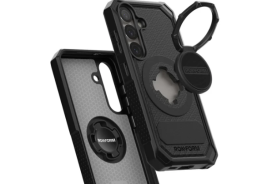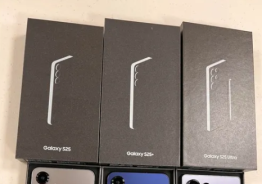Back in November 2011, a flight had touched down in Sydney with a smoking gun on board. The gun - an iPhone that started smoking on the regional flight - was quickly extinguished, but an investigation was launched.
An incident report the Australian Transport Safety Bureau (ATSB) completed on Friday, May 4, finally sheds some light on the incident. Apparently, some dodgy repair work was the root of all evil.
According to the ATSB investigation (AO-2011-149), when the Rex flight had arrived in Sydney in November 2011, a crew member noticed smoke coming from a passenger's seat. Upon a closer look, the source of the smoke turned out to be an overheating iPhone, which was also glowing red.
"The cabin crew member...instructed the passenger to throw the source of the smoke into the aisle [and] discharged a fire extinguisher onto what was later identified as a mobile phone," explains the incident report.
The ATSB sent the phone to the United States, to be examined under the supervision of the Federal Aviation Administration (FAA). The U.S. facility discovered that the problem was caused by a screw, removed during a shoddy screen replacement, and misplaced inside the iPhone's battery cavity.
As the investigation details, the phone owner had the screen replaced by an unauthorized Apple service provider. The repair work was of poor quality to say the least, and the misplaced screw had shorted the battery terminals, thus causing the flare-up. Furthermore, the report lists an entire set of shoddy repair work. Besides dropping a screw inside the phone, it seems the repairer also managed to lose one of the screws meant to fasten the iPhone's main board; put two screws used to fasten cable in the wrong spots, and damaged the adhesive that holds the main board in place. In addition, the repairer removed the two liquid contact indicators and deformed a metal clip near the battery. It may have been a cheap repair (hopefully), but such shoddy work made everything worse.
In light of the findings, the ATSB noted that the whole situation indicates "a lack of appropriate quality control on behalf of the unauthorized repair facility." Lastly, the ATSB added that the incident highlights the importance of proper handling of devices. More specifically, lithium-ion battery-powered devices should be carried in the cabin, not as checked-in baggage.
"When traveling with mobile phones, laptops and other portable electronic devices - or just their batteries - passengers should, wherever possible, carry them in the cabin, and not in checked-in baggage," said Martin Dolan, ATSB's chief commissioner. The incident "highlights the importance of good maintenance and repair processes for these devices, and the risk of using non-authorized repair agents," he added.
(reported by Alexandra Burlacu, edited by Dave Clark)
© Copyright 2025 Mobile & Apps, All rights reserved. Do not reproduce without permission.

















